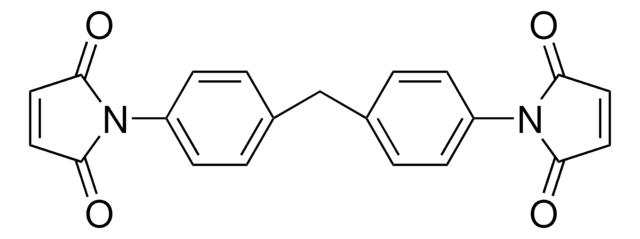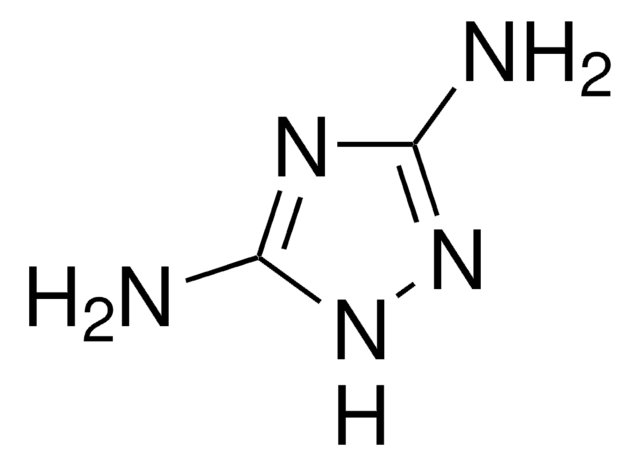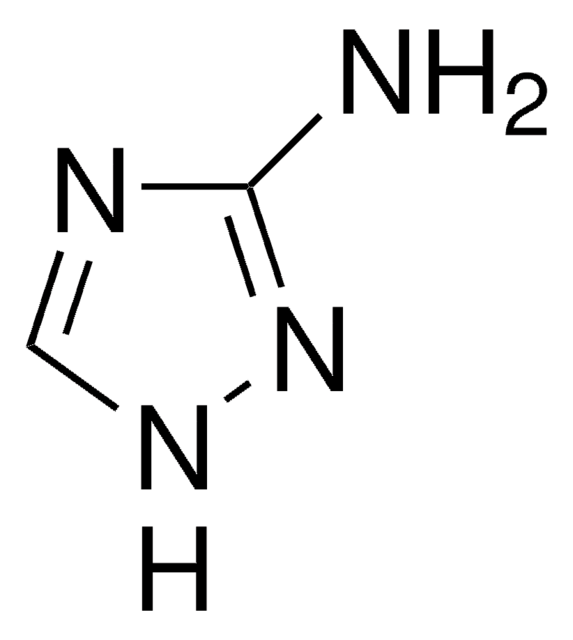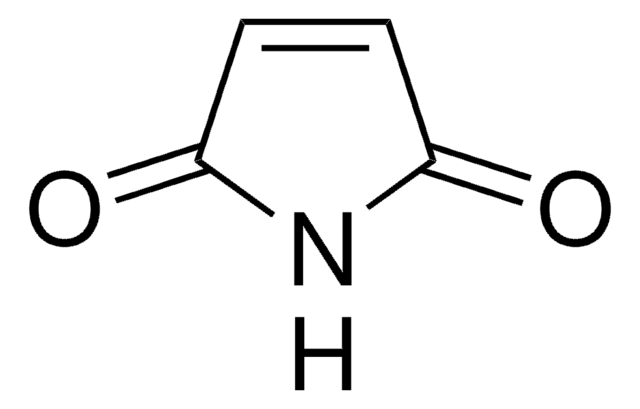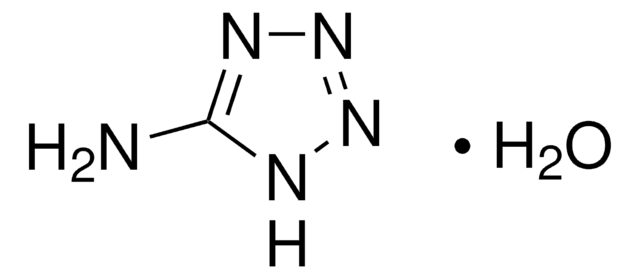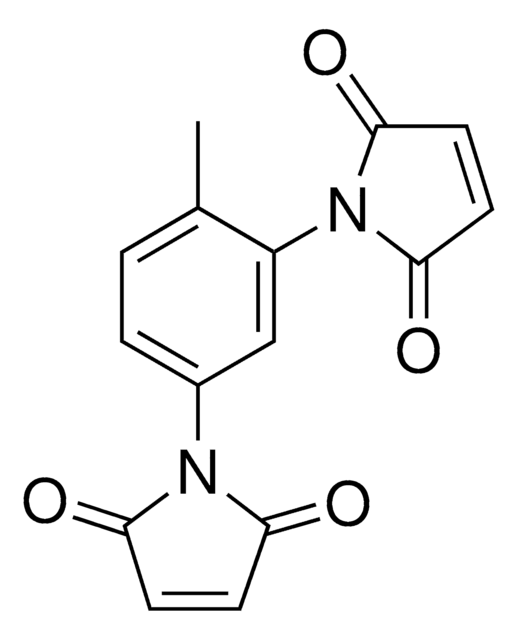803588
BM(PEG)2 (1,8-bismaleimido-diethyleneglycol)
Sinónimos:
1,2-Bis(2-maleimidoethoxy)ethane, 1,8-Bis(maleimido)-3,6-dioxaoctane
About This Item
Productos recomendados
Ensayo
≥90%
Formulario
powder
mol peso
308.29
idoneidad de la reacción
reagent type: cross-linking reagent
condiciones de almacenamiento
desiccated
solubilidad
water: soluble
Condiciones de envío
ambient
temp. de almacenamiento
2-8°C
cadena SMILES
O=C(C=CC1=O)N1CCOCCOCCN2C(C=CC2=O)=O
InChI
1S/C14H16N2O6/c17-11-1-2-12(18)15(11)5-7-21-9-10-22-8-6-16-13(19)3-4-14(16)20/h1-4H,5-10H2
Clave InChI
FERLGYOHRKHQJP-UHFFFAOYSA-N
Descripción general
Características y beneficios
- Reactive groups: maleimide (both ends)
- Reactive towards: sulfhydryl groups
- Long, pegylated, sulfhydryl-to-sulfhydryl crosslinkers, composed of maleimide groups and 2-unit polyethylene glycol spacer arm
- PEG spacers provide unique advantages, including enhanced solubility, increased stability, reduced tendency toward aggregation and reduced immunogenicity
- Pure compounds with defined structure and molecular weight, ensuring reproducible protein-modification effects
- Ideal for small molecule or peptide conjugations
Precaución
Palabra de señalización
Warning
Frases de peligro
Consejos de prudencia
Clasificaciones de peligro
Eye Irrit. 2 - Skin Irrit. 2 - STOT SE 3
Órganos de actuación
Respiratory system
Código de clase de almacenamiento
11 - Combustible Solids
Clase de riesgo para el agua (WGK)
WGK 3
Punto de inflamabilidad (°F)
Not applicable
Punto de inflamabilidad (°C)
Not applicable
Elija entre una de las versiones más recientes:
Certificados de análisis (COA)
Lo sentimos, en este momento no disponemos de COAs para este producto en línea.
Si necesita más asistencia, póngase en contacto con Atención al cliente
¿Ya tiene este producto?
Encuentre la documentación para los productos que ha comprado recientemente en la Biblioteca de documentos.
Los clientes también vieron
Nuestro equipo de científicos tiene experiencia en todas las áreas de investigación: Ciencias de la vida, Ciencia de los materiales, Síntesis química, Cromatografía, Analítica y muchas otras.
Póngase en contacto con el Servicio técnico